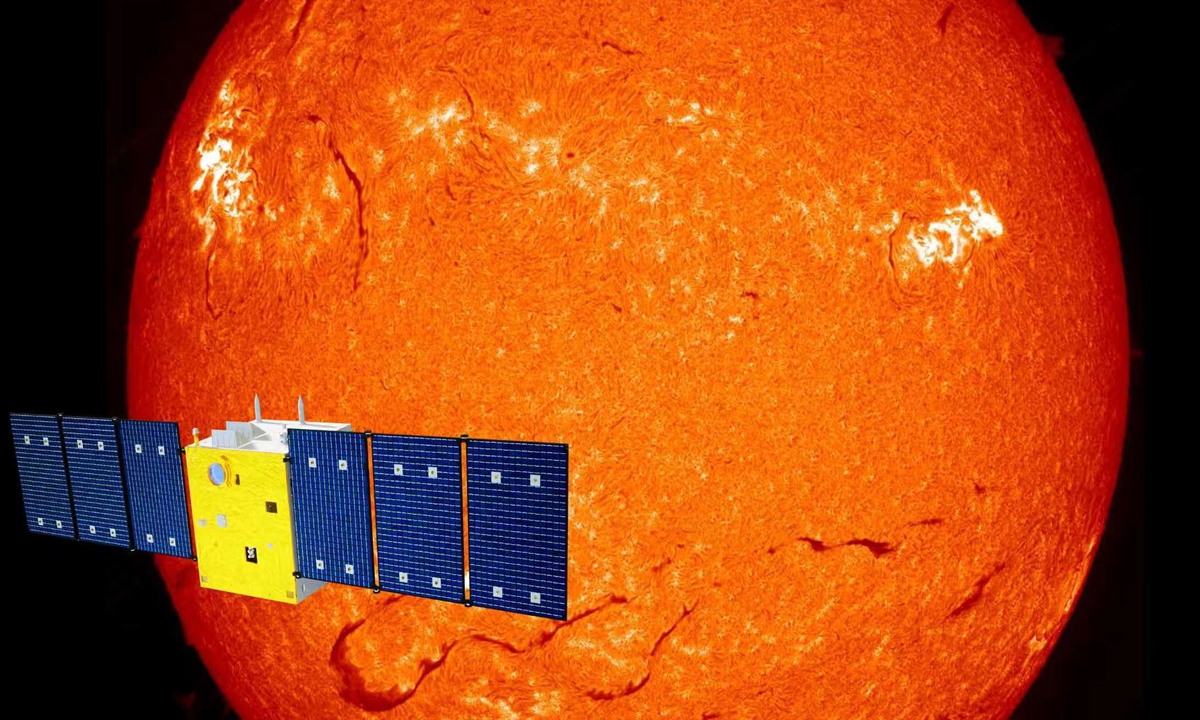Illustration: Xihe sun exploration satellite
“With the help of the Xihe satellite, we can obtain full-disk solar spectra at more than 300 wavelength points simultaneously every 46 seconds. Each wavelength corresponds to different layers of the…

Illustration: Xihe sun exploration satellite
“With the help of the Xihe satellite, we can obtain full-disk solar spectra at more than 300 wavelength points simultaneously every 46 seconds. Each wavelength corresponds to different layers of the…